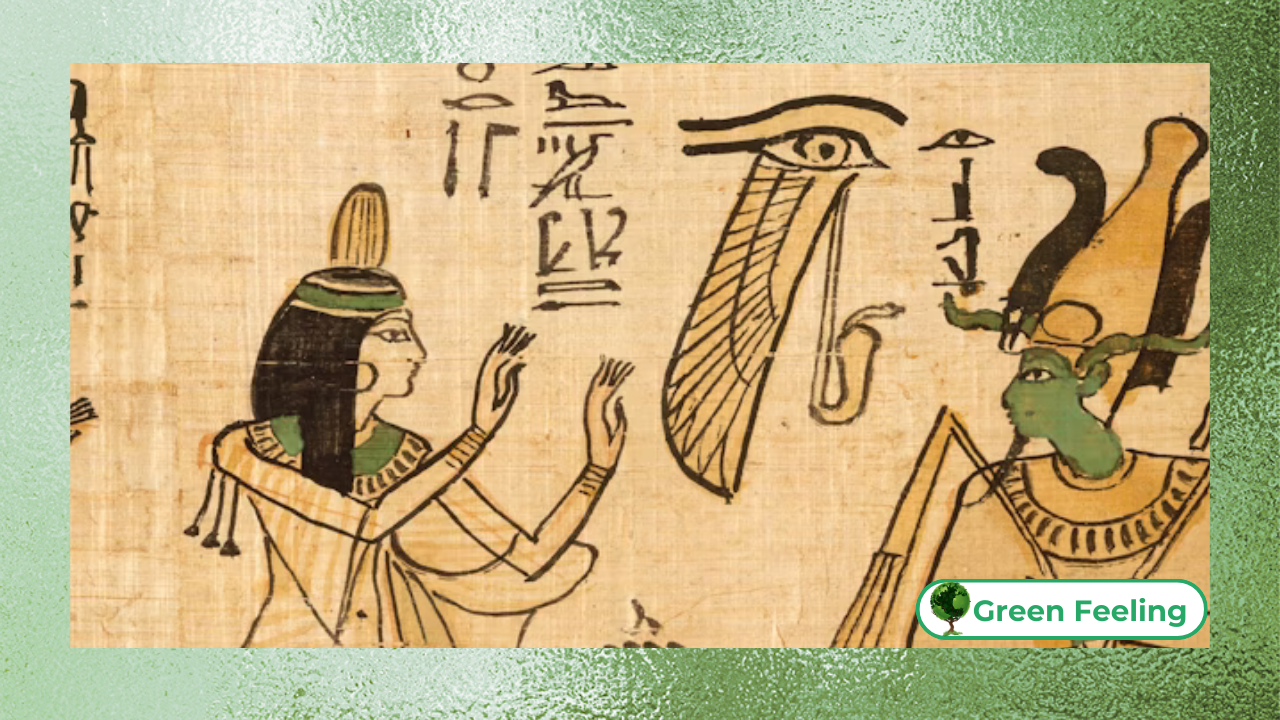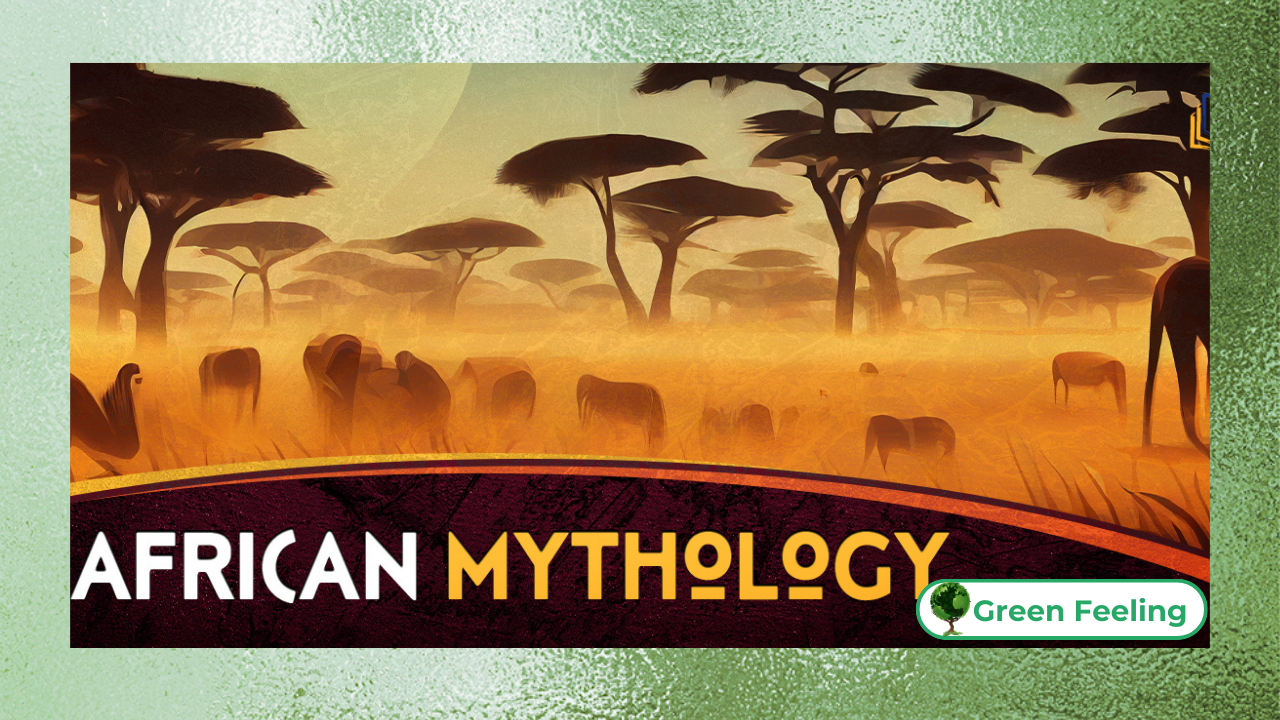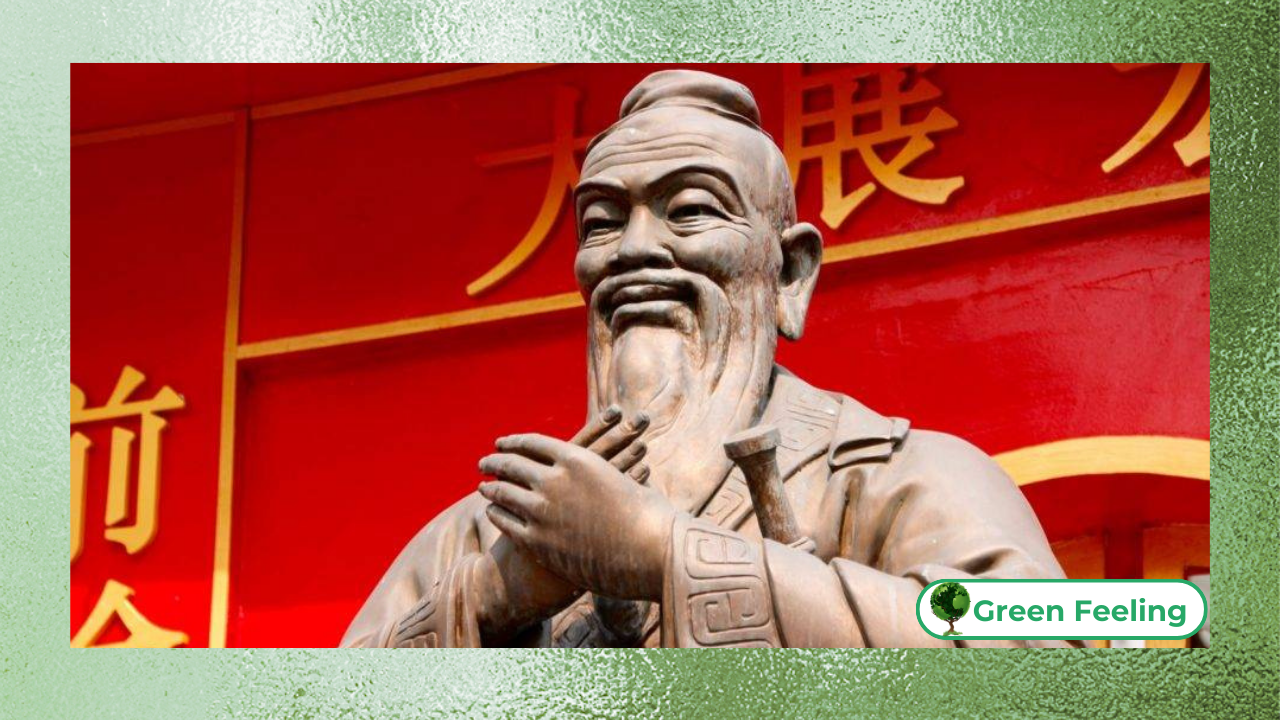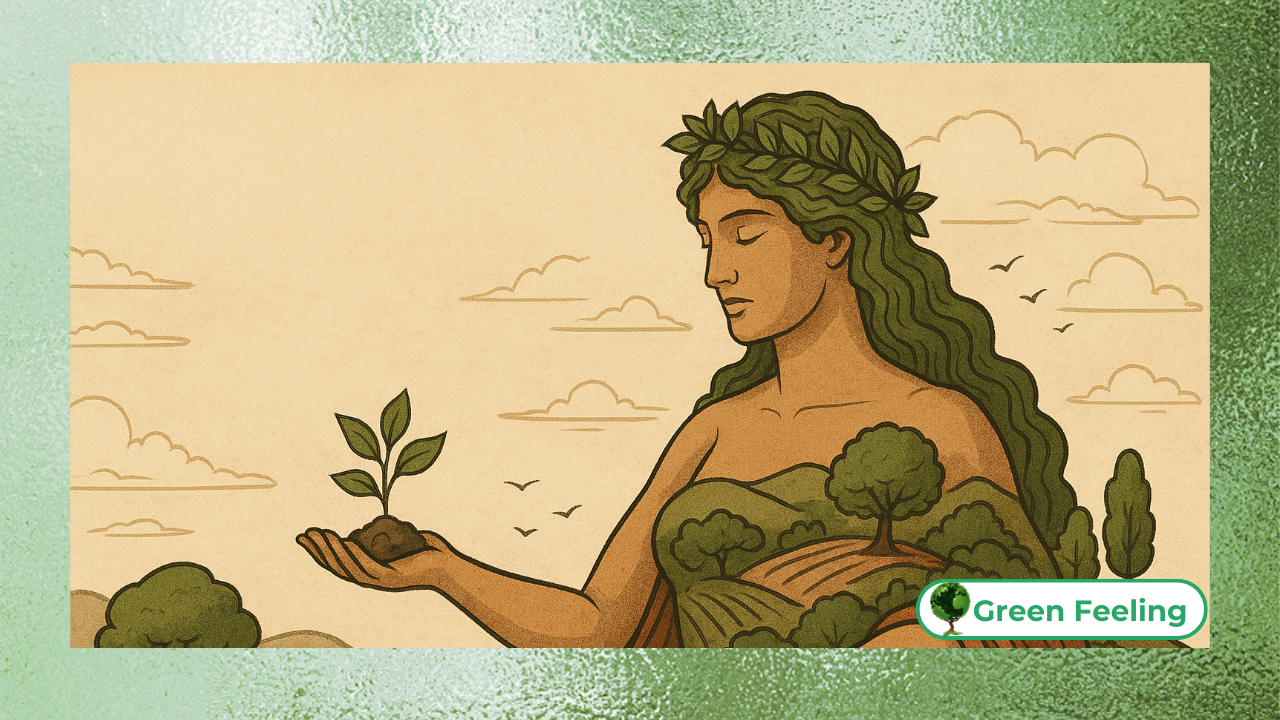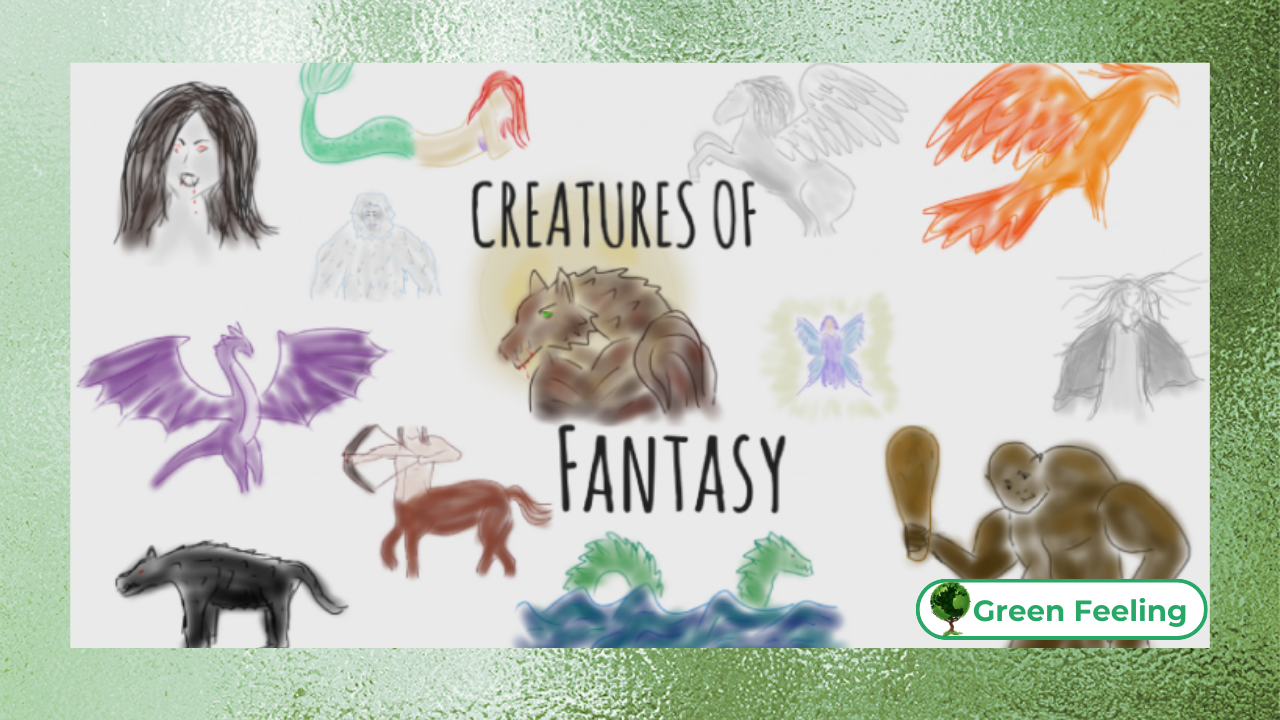The Role of Animals in Mythology: Guardians of Nature
Animals have always held a special place in human culture, serving as symbols, guides, and protectors in myths and legends across the world.
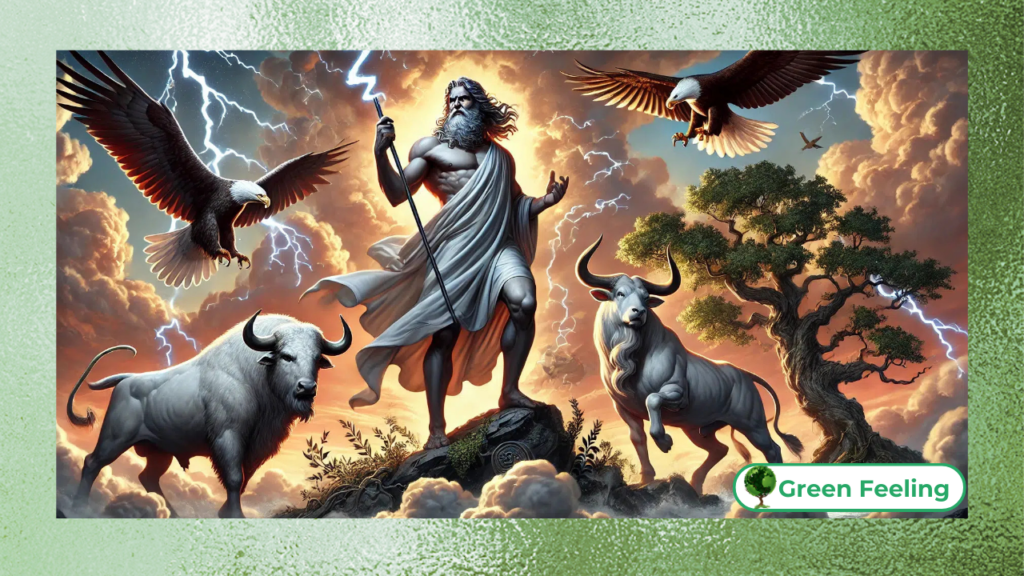
In mythology, animals are often portrayed as guardians of nature, embodying the forces of the natural world and acting as intermediaries between humans and the divine.
This article explores the role of animals in mythology, their significance as protectors of the environment, and the lessons they offer for our relationship with nature.
By understanding these ancient stories, we can gain a deeper appreciation for the natural world and our place within it.
Animals as Mythological Symbols
Since ancient times, animals have been central to human storytelling, representing qualities such as strength, wisdom, and mystery.
In mythology, animals are often depicted as guardians of nature, playing vital roles in maintaining the balance of the world.
From the sacred cows of Hinduism to the wise owls of Greek mythology, these creatures are more than just characters—they are symbols of the interconnectedness of all life.
Mythological animals often serve as messengers or companions to gods and heroes, guiding them on their journeys and imparting wisdom.
At the same time, they remind us of our responsibility to protect and respect the natural world.
By exploring these myths, we can uncover timeless lessons about our relationship with nature and the importance of living in harmony with it.
+ How Mythology Shapes National Identity
Animals as Guardians of Nature in Mythology

In many cultures, animals are seen as protectors of the environment, embodying the spirit of the land, water, and sky. Below are some examples of animals that play this role in mythology:
- The Turtle (Native American and Chinese Mythology):
- In Native American legends, the turtle is often seen as a symbol of the Earth, carrying the weight of the world on its back.
- In Chinese mythology, the turtle represents longevity, stability, and the balance of yin and yang.
- The Eagle (Greek and Native American Mythology):
- In Greek mythology, the eagle is associated with Zeus, the king of the gods, and symbolizes power and divine authority.
- For many Native American tribes, the eagle is a sacred messenger between humans and the Creator, representing freedom and spiritual connection.
- The Wolf (Norse and Native American Mythology):
- In Norse mythology, the wolf Fenrir is a powerful and fearsome creature, symbolizing both destruction and renewal.
- In Native American traditions, the wolf is often seen as a teacher and guide, embodying loyalty, intelligence, and the importance of community.
- The Serpent (Hinduism and Mesoamerican Mythology):
- In Hinduism, the serpent (naga) is a guardian of water and fertility, often associated with the god Vishnu.
- In Mesoamerican cultures, the feathered serpent Quetzalcoatl represents the union of earth and sky, symbolizing creation and renewal.
+ The Natural Gods of Egypt: Mythology and Its Elements
The Significance of Animals in Mythology
Animals in mythology serve as powerful symbols of the natural world and its cycles. Below are some key reasons why they are significant:
- Representation of Natural Forces: Animals embody the elements of nature, such as water, earth, fire, and air.
- Moral Lessons: Myths often use animals to teach lessons about respect, humility, and the consequences of human actions.
- Spiritual Connection: Animals act as intermediaries between humans and the divine, offering guidance and protection.
- Cultural Identity: Animals are deeply tied to the cultural and spiritual identity of communities, reflecting their values and beliefs.
Benefits of Animal Myths for Modern Society
The myths surrounding animals offer valuable insights for modern society, particularly in the context of environmental conservation. Below are some of the benefits of these stories:
- Environmental Awareness:
- Myths remind us of the importance of respecting and protecting the natural world.
- They highlight the interconnectedness of all living beings and ecosystems.
- Cultural Preservation:
- Animal myths help preserve the cultural heritage and traditions of communities.
- They provide a sense of identity and continuity across generations.
- Moral Guidance:
- Myths teach us to live in harmony with nature and to recognize our role as stewards of the Earth.
- They encourage empathy and compassion for all living creatures.
- Inspiration for Conservation:
- By honoring the symbolic role of animals, we can inspire efforts to protect endangered species and their habitats.
+ The Role of Goddesses in Ancient Mythology
Animals in Mythology: A Table Overview
Below is a table summarizing the roles and symbolism of animals in mythology:
| Animal | Mythology/Culture | Role/Symbolism |
| Turtle | Native American, Chinese | Earth, stability, longevity, balance. |
| Eagle | Greek, Native American | Power, divine authority, spiritual connection. |
| Wolf | Norse, Native American | Destruction, renewal, loyalty, community. |
| Serpent | Hinduism, Mesoamerican | Water, fertility, creation, renewal. |
| Owl | Greek, Celtic | Wisdom, knowledge, mystery. |
| Lion | Egyptian, African | Strength, royalty, protection. |
Challenges in Preserving Animal Myths
While animal myths offer valuable lessons, they face challenges in the modern world:
- Cultural Erosion: Globalization and urbanization can lead to the loss of traditional myths and stories.
- Environmental Degradation: The destruction of natural habitats threatens the animals that are central to these myths.
- Misinterpretation: Myths can be misunderstood or misrepresented, losing their original meaning and significance.
Solutions to Overcome Challenges
To preserve and honor animal myths, consider the following solutions:
- Education and Storytelling: Share myths through schools, books, and cultural programs to keep them alive.
- Conservation Efforts: Protect the habitats of animals that are central to myths, ensuring their survival.
- Cultural Revitalization: Support initiatives that celebrate and preserve indigenous cultures and traditions.
- Interdisciplinary Research: Study myths from a cultural, historical, and ecological perspective to deepen understanding.
Did You Enjoy Learning About Animals in Mythology?
Animals in mythology are more than just characters in stories—they are guardians of nature, symbols of the natural world, and teachers of timeless wisdom.
By exploring these myths, we can gain a deeper appreciation for the environment and our role in protecting it.
Whether through the wisdom of the owl or the strength of the lion, these stories remind us of the beauty and power of the natural world.
As mythologist once said,
“Myths are public dreams, dreams are private myths.” – Joseph Campbell.
This quote highlights the universal nature of myths and their ability to connect us to the world around us.
+ African Mythology: Spirits of the Earth and Mystical Creatures
Conclusion
Animals in mythology serve as powerful reminders of our connection to the natural world and our responsibility to protect it. By honoring these ancient stories, we can draw inspiration for modern conservation efforts and foster a deeper respect for the environment.
As we face the challenges of climate change and biodiversity loss, the lessons of animal myths are more relevant than ever.
Let us celebrate the guardians of nature and strive to live in harmony with the Earth, just as our ancestors did.
FAQ: Frequently Asked Questions About Animals in Mythology
1. What is the role of animals in mythology?
Animals in mythology often serve as symbols of natural forces, guardians of the environment, and intermediaries between humans and the divine.
2. Why are animals important in myths?
Animals represent the interconnectedness of all life, teach moral lessons, and reflect the cultural and spiritual identity of communities.
3. What are some examples of animals in mythology?
Examples include the turtle in Native American and Chinese myths, the eagle in Greek and Native American traditions, and the serpent in Hinduism and Mesoamerican cultures.
4. How do animal myths benefit modern society?
They promote environmental awareness, preserve cultural heritage, offer moral guidance, and inspire conservation efforts.
5. How can we preserve animal myths?
By sharing stories, protecting habitats, supporting cultural revitalization, and studying myths from multiple perspectives.
References and Further Reading
- CAMPBELL, J. The Power of Myth. Doubleday, 1988.
- LEEMING, D. The Oxford Companion to World Mythology. Oxford University Press, 2005.
- Animals in Mythology – Encyclopedia Britannica
- The Role of Animals in Indigenous Cultures – National Geographic
- Mythology and Nature – World Wildlife Fund

